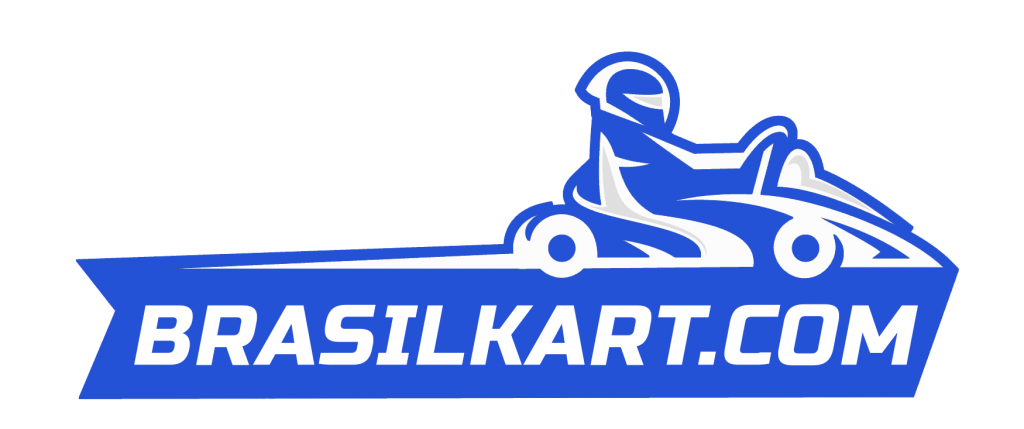For example, a deployment frequency (DF) metric measures the frequency of code changes in a manufacturing deployment environment. This metric may help developers assess how rapidly they will deliver new options to end customers. Genesys Cloud products use the continual supply model in a microservices structure modern software delivery.
What Are Ci/cd Tools And Plugins
One of the challenges of an automatic build and check setting is you want your build to be quick, to find a way to get fast suggestions, however complete exams take a very long time to run. A deployment pipeline is a method to cope with this by breaking up your construct into stages. Early stages can find most problems yielding faster suggestions, whereas later phases present slower and more by way of probing. In an automated build course of, all of the software, database, and different elements are packaged together. For example, should you were creating a Java application, steady integration would package all the static internet server information similar to HTML, CSS, and JavaScript together with the Java software and any database scripts.
Feature Toggles (aka Feature Flags)
Continuous delivery is a software improvement practice the place developers construct software to release it into manufacturing anytime. To accomplish this, a relentless delivery model entails production-like take a look at environments. When mixed, CI and CD type the CI/CD pipeline, which moves code from individual developers’ machines via automated testing to a production-ready construct at the finish. All that is required at this level is for a team member to manually deploy the updated model, normally at common intervals. Given this concentrate on automation and velocity, CI/CD is a cornerstone of the DevOps mannequin. In this instance, the aim is to achieve a smooth rollout of the finished product.
CDE, an integral aspect of DevOps, aims to attenuate the friction factors that are inherent in software deployment or launch processes. By automating each of the steps for build deployments, it ensures safe code launch. When mixed with CI and CD, it improves collaboration between numerous teams and enables the delivery of high-quality software program for continued success. The software supply lifecycle can generally take weeks or even months to integrate, and tons of organizations merely don’t have that type of time.
Pairing steady integration with steady supply ensures code worked on by multiple builders from multiple areas is integrated right into a single repository. In the follow of Continuous Delivery, code modifications are also continuously deployed, although the deployments are triggered manually. If the entire process of transferring code from supply repository to production is totally automated, the process is identified as Continuous Deployment.
- Genesys empowers greater than 7,500 organizations in over 100 international locations to enhance loyalty and business outcomes by creating the most effective experiences for customers and staff.
- The DevOps motion is geared toward eradicating these silos and encouraging collaboration between improvement and operations.
- The objective of the maturity model is to highlight these five essential classes, and to give you an understanding of how mature your organization is.
- Ansible Automation Platform also integrates with Red Hat Advanced Cluster Management for Kubernetes, allowing you to orchestrate Kubernetes clusters within your CI/CD pipeline.
- Code is tested for all features of functionality to reduce surprising performance problems in production.
- As every integration efficiently meets the discharge standards, the stay application is updated with new code.
Continuous Integration (CI) is a vital practice in modern software program growth that focuses on integrating code adjustments from multiple builders right into a shared repository as regularly as potential. This apply ensures that the code base stays secure, and any points are found and resolved as early as possible in the improvement lifecycle. Pull Requests are a mechanism popularized by github, used to assist facilitate merging of labor, particularly within the context of open-source initiatives.
At intermediate level, builds are typically triggered from the supply control system on every commit, tying a selected commit to a particular construct. Tagging and versioning of builds is automated and the deployment course of is standardized over all environments. Built artifacts or release packages are constructed only as soon as and are designed to have the ability to be deployed in any surroundings. The standardized deployment process may also include a base for automated database deploys (migrations) of the majority of database modifications, and scripted runtime configuration modifications. A fundamental supply pipeline is in place covering all the levels from supply control to manufacturing.
At the base stage within the maturity mannequin a improvement group or group will sometimes practice unit-testing and have a number of dedicated take a look at environments separate from native development machines. This system and integration level testing is typically done by a separate division that conducts lengthy and cumbersome take a look at periods after improvement “code freeze”. Customers get the advantage of having options delivered faster with more accuracy. Using models corresponding to blue-green deployment, DevOps teams can minimize downtime for patrons during a production release, making it a seamless expertise. Development teams also can collect fixed suggestions from customers, making it easier to stay heading in the proper direction and stay aligned with buyer wants.
A contributor works on their contribution in a fork (clone) of the central repository. Once their contribution is finished they create a pull request to notify the owner of the central repository that their work is ready to be merged into the mainline. Tooling helps and encourages code evaluation of the contribution before accepting the request. Pull requests have become extensively used in software program growth, but critics are concerned by the addition of integration friction which can forestall continuous integration.
“CI/CD” stands for the mixed practices of Continuous Integration (CI) and Continuous Delivery (CD).
It typically consists of automation of extra steps in releasing new software to minimize the guide processes required. For example, a steady deployment pipeline might automatically launch the event team’s modifications from the repository to the production environment, where prospects can use it. Continuous deployment is harder to achieve than Continuous Delivery as it routinely sends permitted artifacts to production environments without any manual intervention. Continuous delivery automates the release of validated code to a repository following the automation of builds and unit and integration testing in CI. It’s an answer to the problem of poor visibility and communication between dev and business teams.
This means testing everything from courses and performance to the totally different modules that comprise the whole app. One of the benefits of CI is that if automated testing discovers a battle between new and current code, it is simpler to repair these bugs shortly and infrequently. Continuous deployment emphasizes reducing the burden on operations groups to speed up the applying supply process, expanding continuous delivery automation into the next SDLC stage.
The group may be distributed over multiple jurisdictions, so typically it’s important that the environments are securely isolated from each other. To complicate issues further, the teams may require totally different technical assets. Deployment automation platforms provide high scalability and assist the dynamic deployment of mission-critical applications and providers. The “CD” in CI/CD can be confusing as it is also used to refer to continuous deployment when describing ways to further automate down the pipeline. As part of this testing technique, you will want to automate as many tests and processes as potential.
Continuous supply depends on the belief that the code is always in a releasable state. To keep this stage of high quality, it’s essential to prioritize quality all through the entire improvement course of. A next generation CI/CD platform designed for cloud-native purposes, providing dynamic builds, progressive supply, and much more. Self-Testing Code is the name I used in Refactoring to refer to the follow of writing complete automated exams at the facet of the useful software program.







